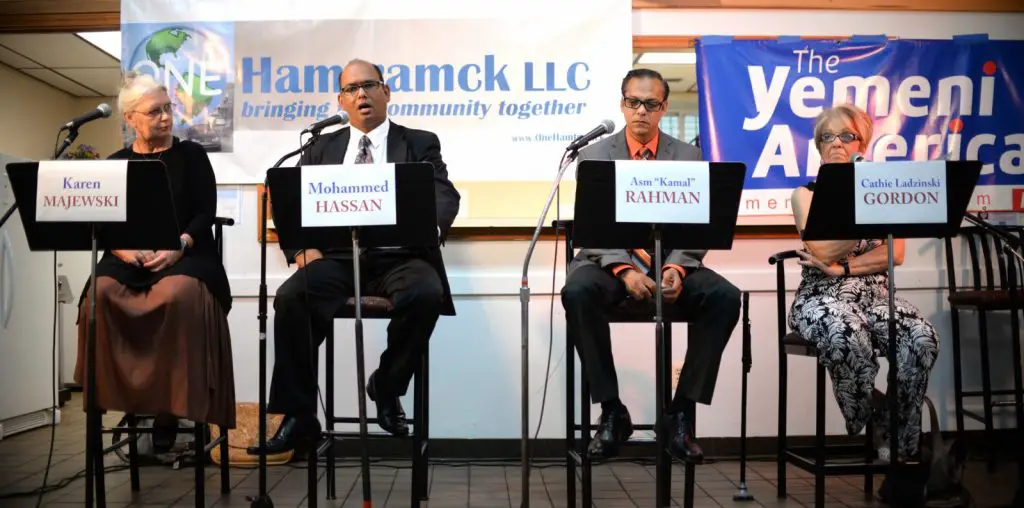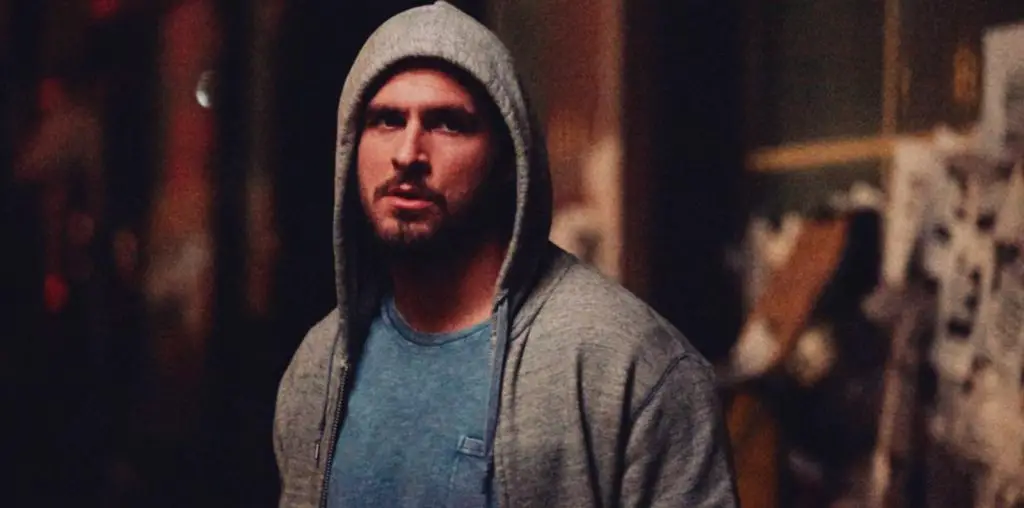
Gina Kim’s debut narrative feature, “Invisible Light,” focuses on two women in trouble. Gah-in is having an affair with Do-hee’s husband, but Do-hee is pregnant with another man’s child. Sounds like the makings of a soap opera, don’t it? Well, “Invisible Light” is nothing that disposable. Kim’s previous work creating her own video diary has given her the know how to plumb the deepest, darkest depths of her characters. There should be plenty for an audience to chew on here.
When did you begin filmmaking?
I began filmmaking as a video artist. I had started out making videos when I was in college in Seoul. They were art pieces people usually make in art schools. However, when I had gotten to the U.S. for grad school, my camcorder took on a bit of a personality. It was my art medium, my diary pen, and my friend. I started making video diaries for the next 6 years (1995-2001). Extremely personal, they were later edited and became “Gina Kim’s Video Diary.” The images of the video diary later inspired “Invisible Light.”
What were some major problems you ran into while making “Invisible Light”?
Mostly technical and financial. There were several production companies in Korea that were interested in making the film, though they knew “Invisible Light” was a small art film. However, even the small interest had dissipated when three low-budget digital films had collapsed in the market in 2001. They were “Flower Island,” “Nabi” and “Camel(s)”. Though great films, there really wasn’t enough of an audience to sustain consistent production of digital films.
But the Korean Film Commission (KOFIC) had funded us twice, and that allowed us to complete the project and the transfer from digital to 35. But the money was extremely tight. Certainly not enough to simply give a tape to EFilm and ask them to do the transfer. Fortunately, we were able to find a work flow that took a long time even at a render farm, but was cost-efficient, keeping everything pretty much in-house before feeding the images into the CRT recorder. The CRT is less sharp than the laser, but if you can make sure that you resize, color grade, and then de-interlace correctly, you can maximize the quality. Remember, most of our film was shot on PD-150, but even for a tutored eye, it’s extremely difficult to distinguish it from programs shot on 35mm camera.
What would you like “Invisible Light” to do for its audience?
Though the characters are Korean females, I tried to reach for a theme of “isolation” that is perhaps as universal as anything else. If the audience can find things in them–their everyday, their small struggles, and personal decisions they have to face–that they can identify, I would be glad.
What’s up next for you?
I am working on two projects: one is a genre film called “The Gate of Fear.” It’s a horror film that will be made in Korea about a young professional urban woman who is communicating with the shaman in resolving her trauma. We will begin shooting this one as soon as the school is out of session at Harvard. (I will be teaching filmmaking classes at Harvard in 04-05.) The other is a film project that is closer to my heart and will take more of an Andre Techine-approach in examining the psychological layers of intense romance. It’s a romantic/moral tale of an American soldier stationed in Korea and his affair with a Korean woman. The title of this film project is “Bliss.” We hope to get ready and begin shooting this one in 2006.


